MSI MPG A1000G PCIE5 Power Supply
Note that we will not be powering on the MSI MPG A1000G PCIE5 power supply in this article. We have yet to review and test the power supply (check out our PSU reviews), we have to run it through its paces in our validation testing using industry-standard PSU testing hardware to verify its integrity based on ATX standards. We do not power on any power supply until it goes through our full review process. Stay tuned in the future for a full review of the power supply and see if this one holds up.

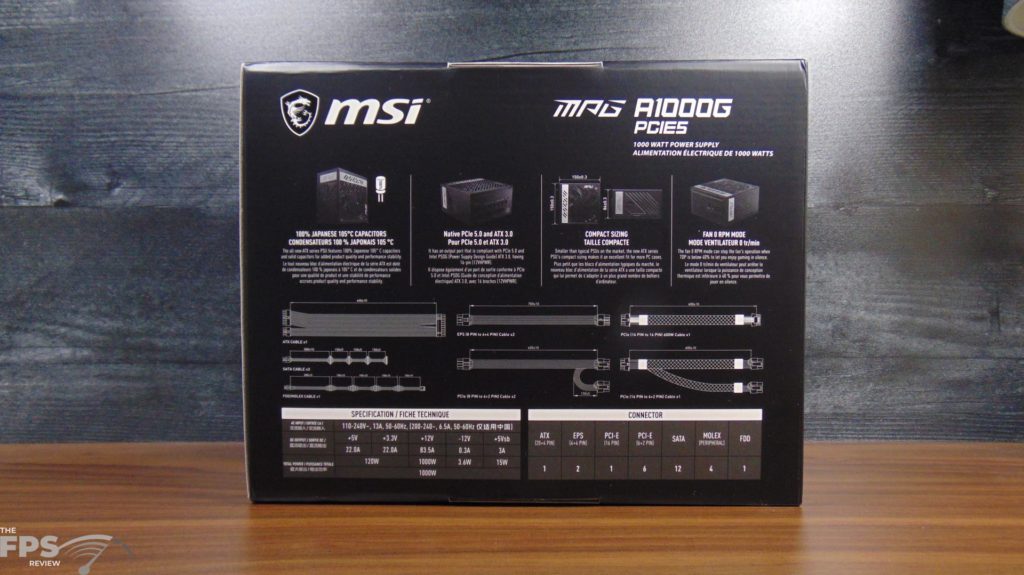
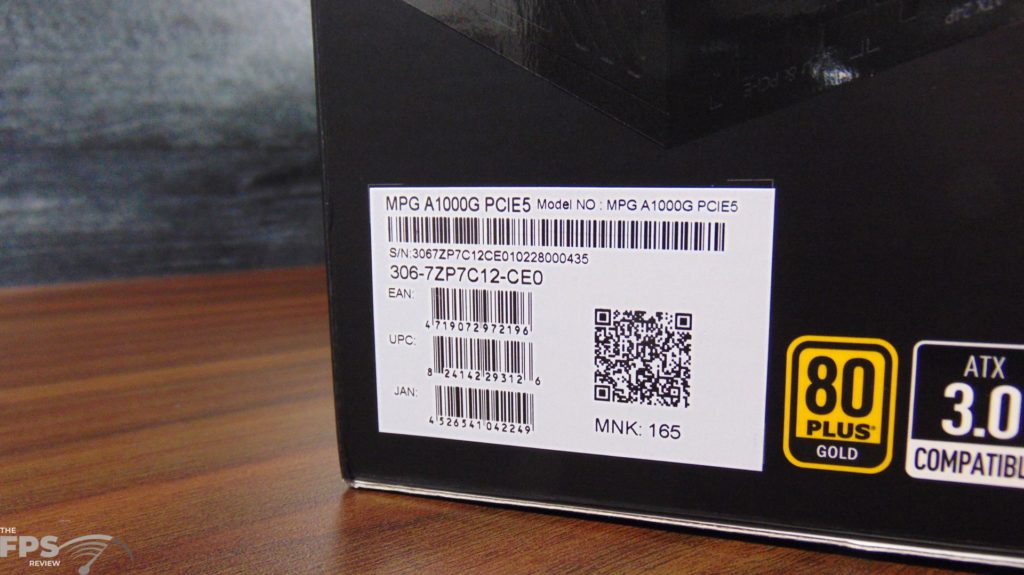
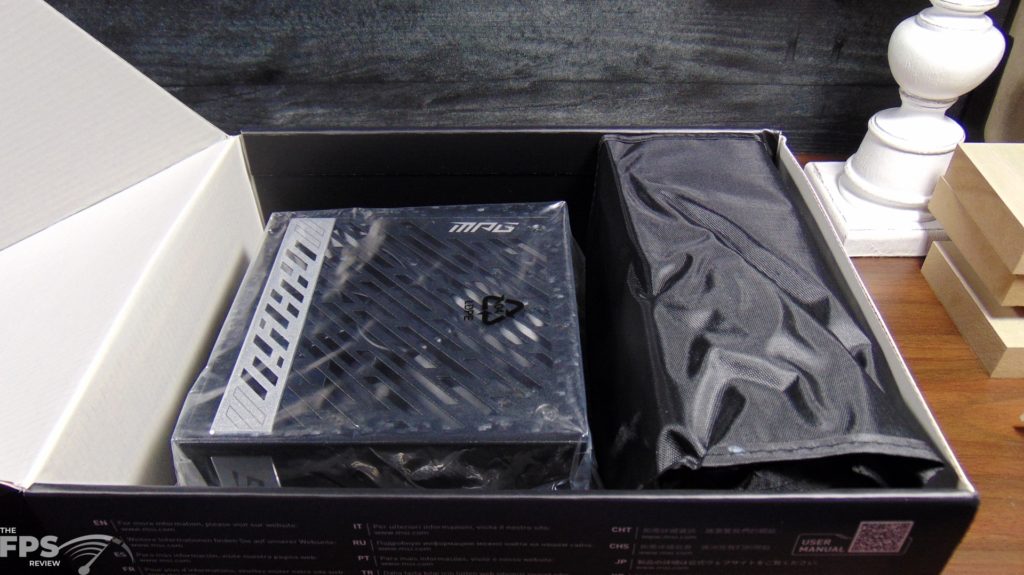

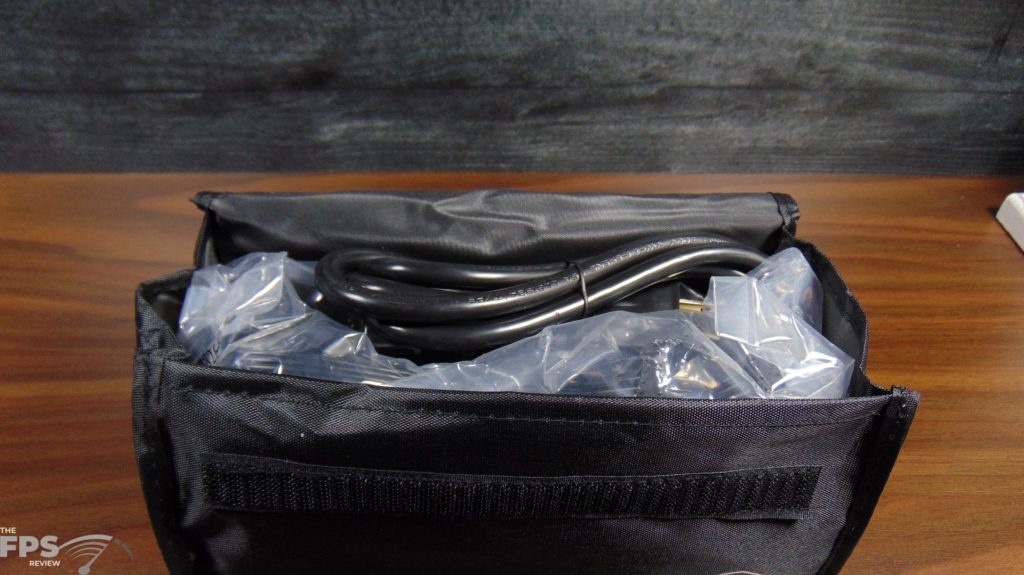
The box is a slick black and purple color scheme, with the PSU pictured on the outside. On the front is described the model, how many Watts, and the major new features. On the backside it details the features, cables included and specific power and amperage information. Inside the box is the power supply protected by foam, and all your cables are inside a very thick and protective case holder to keep all your cables you do not use in.
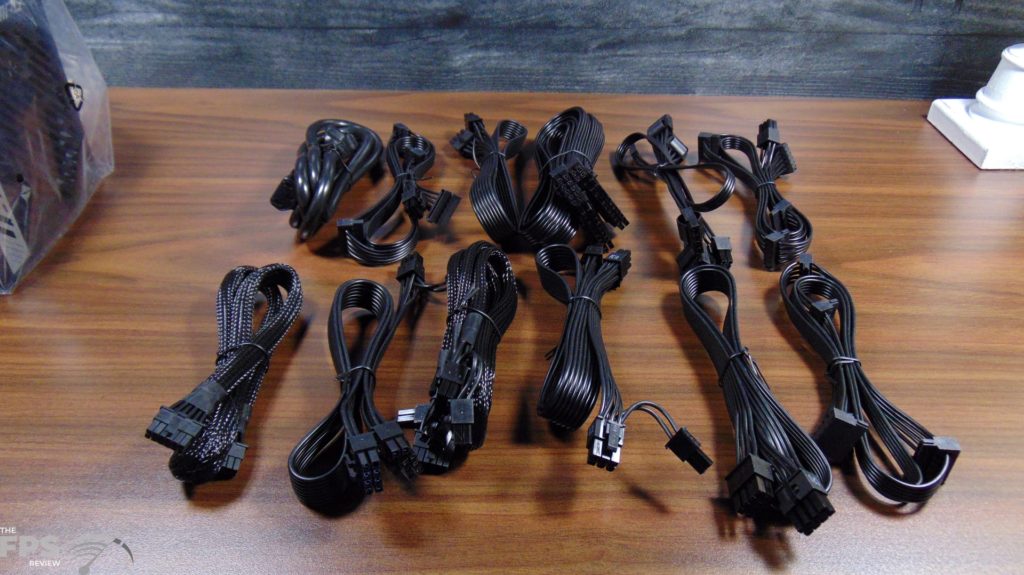
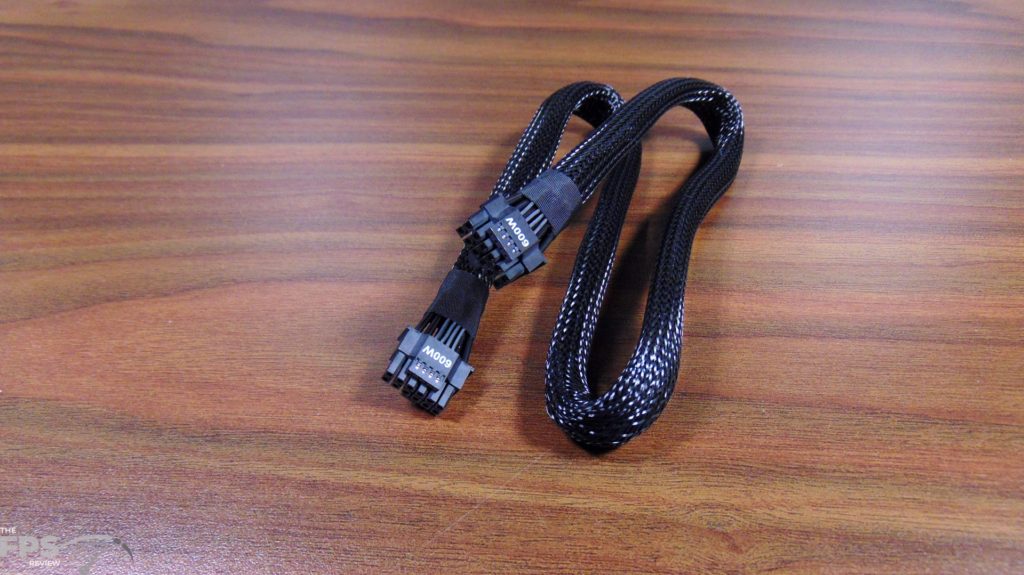
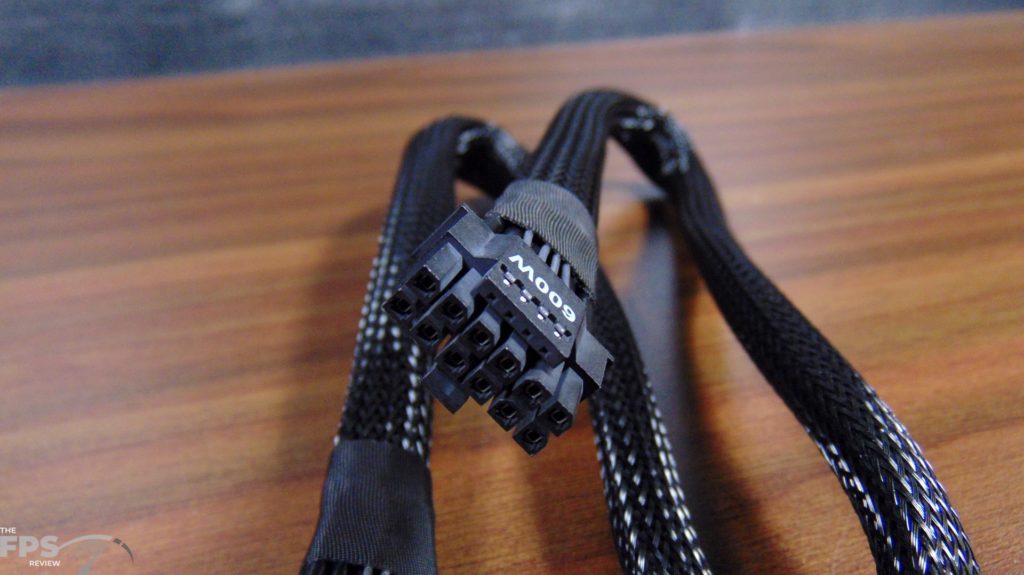

All the cables are shown above, as this is a fully modular power supply. You can see the new 16-pin 12VHPWR cable included, both ends are full 16-pin with power and data sense. On the cable, it indicates that this one cable supports 600W. As per the new ATX 3.0 specification manufacturers must print the Wattage that the cable supports on the connector like this. In this way, you can easily know how much power it can provide, as there is a scale between 150W to 600W maximum. The ATX 3.0 spec specifies what Wattage of power supplies can supply what Wattage of 12VHPWR.

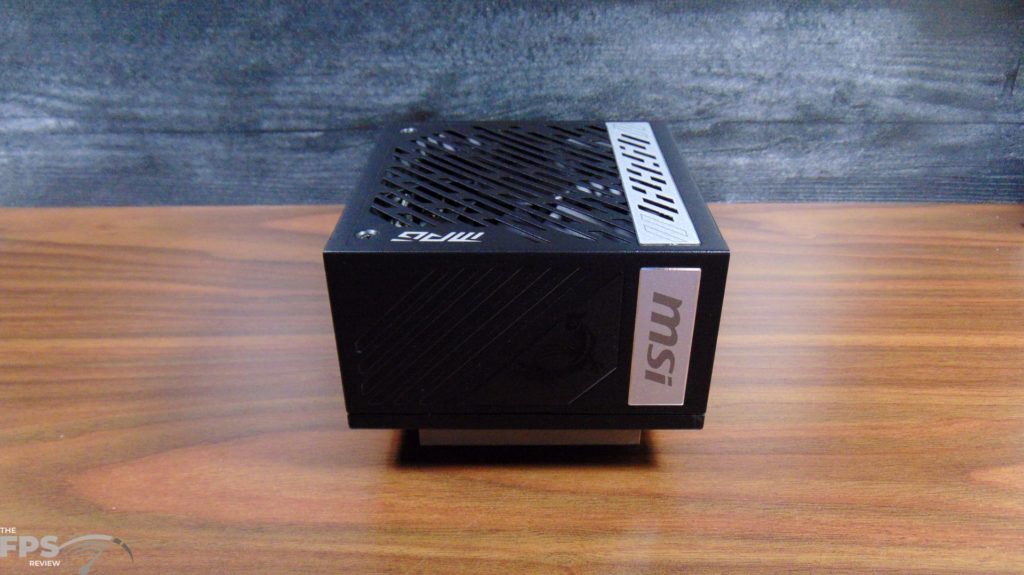

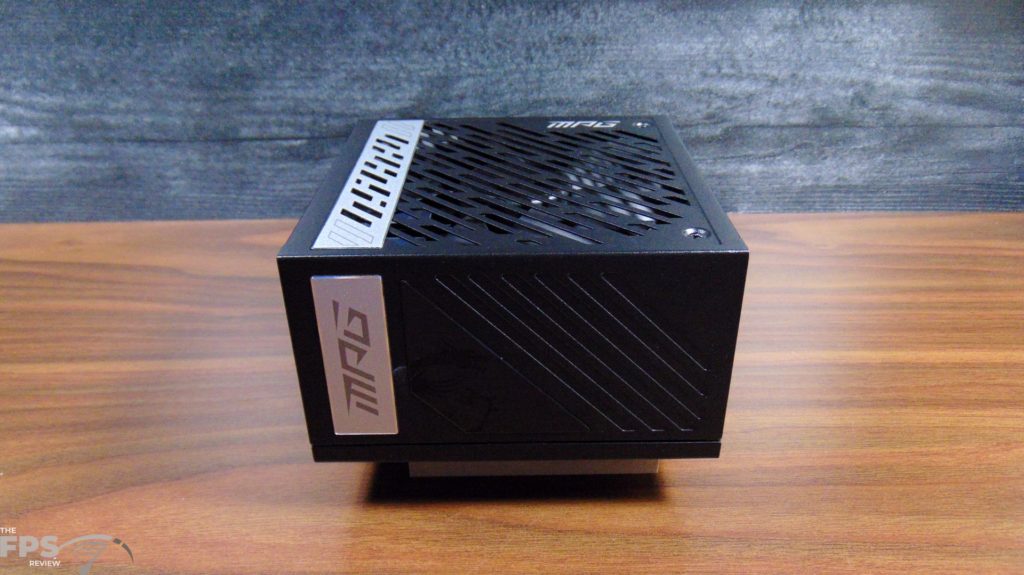
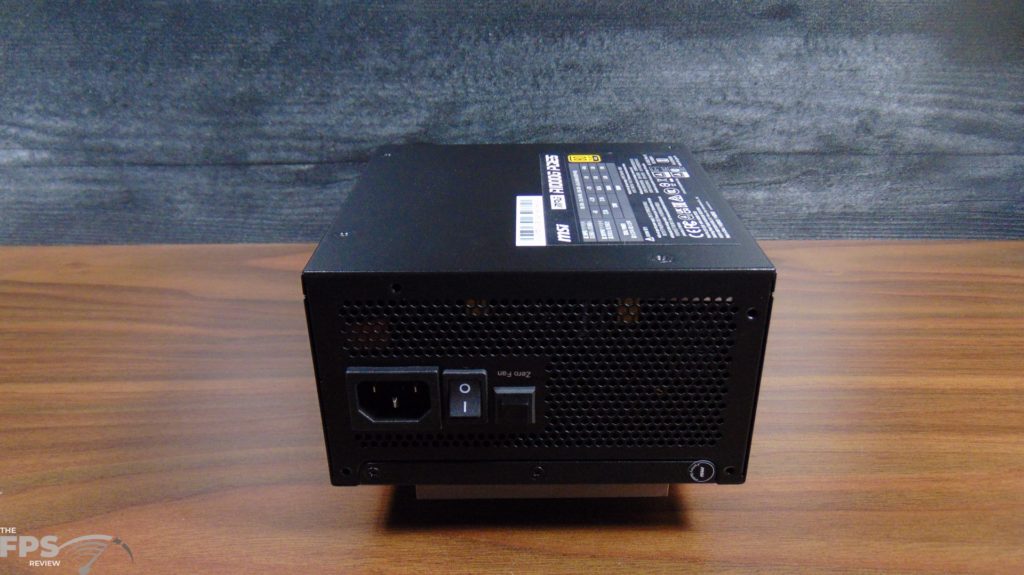

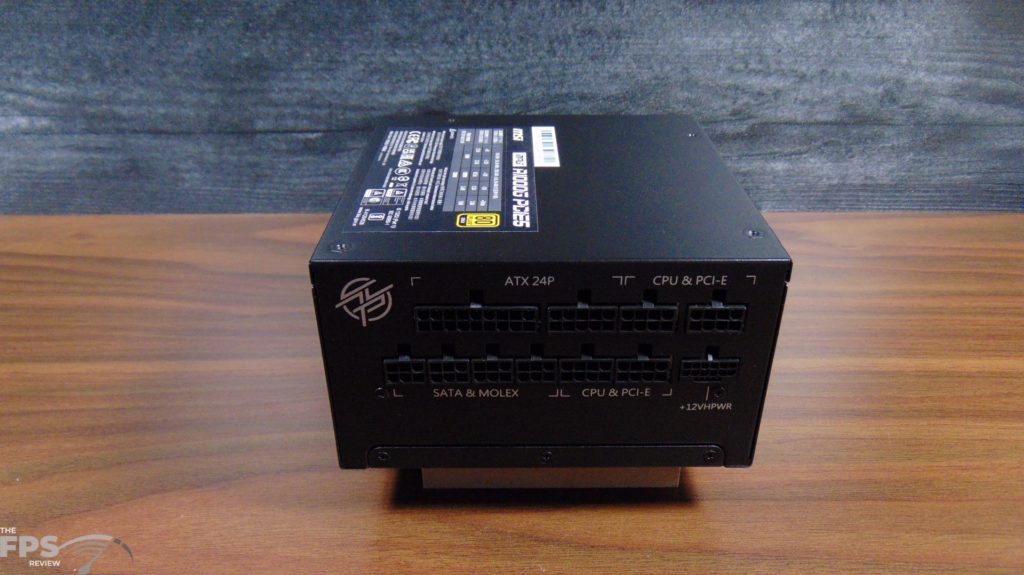

As you can see, the MPG A1000G PCIE5 is indeed compact, measuring only 5.9 inches in length and 3.4 inches in height. It has a matte black finish, with silver accent on the sides and fan cutouts. The fan is a large 135mm fan, which ultimately will mean a lower noise level even ramped up. There is a button on the back that can turn the 0 RPM fan feature on or off.
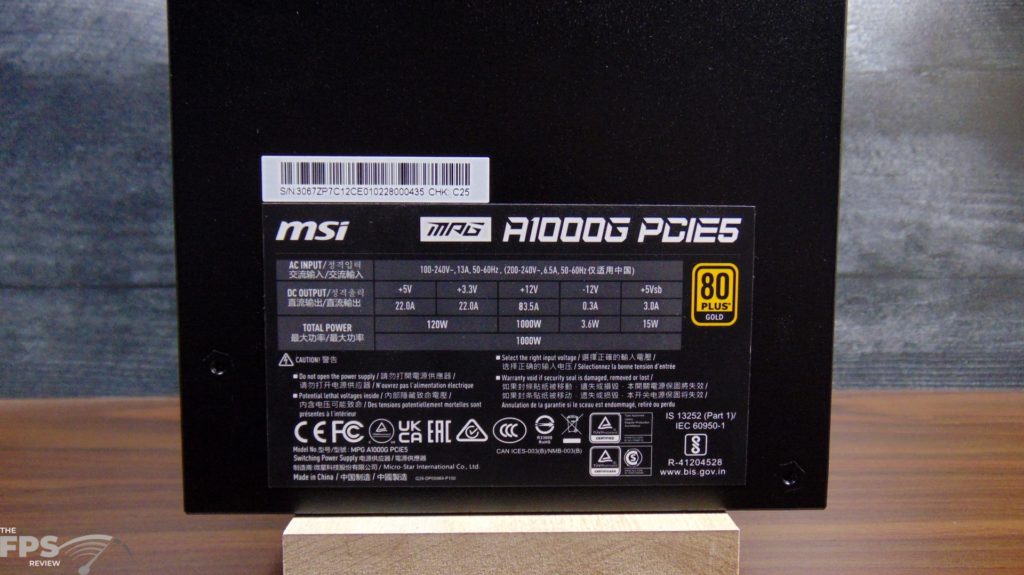

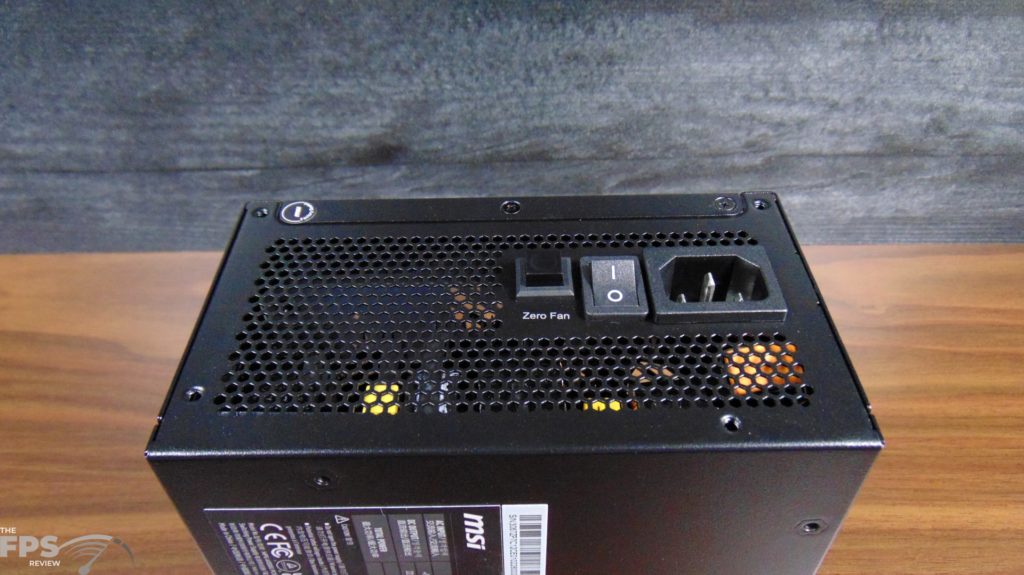



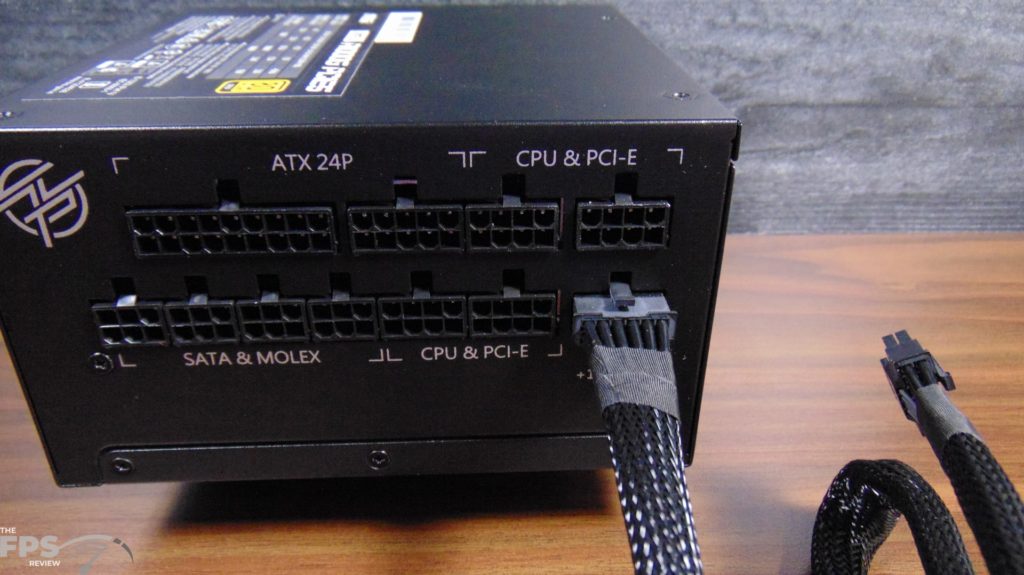
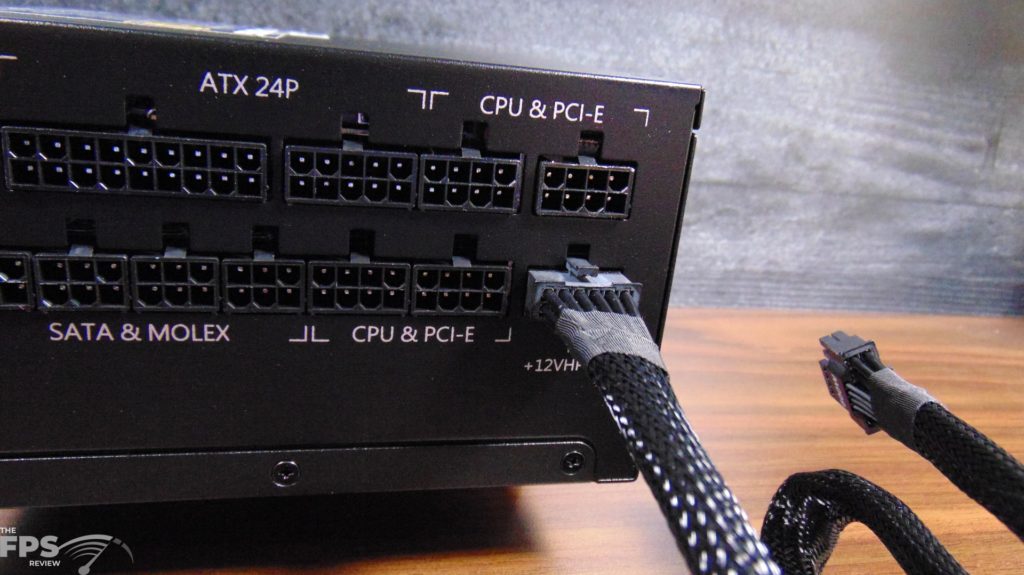
The 12VHPWR connector plugs in with the data sense pins on the bottom, and the clip right side up. It’s the same on both ends, and greatly reduces the number of PCIe cables needed on the GeForce RTX 30 Series.
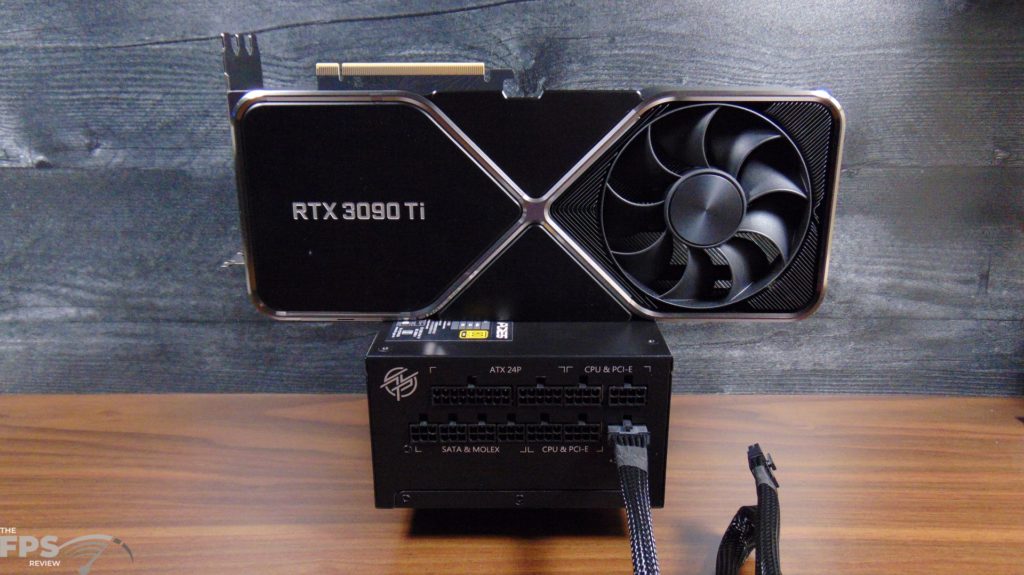
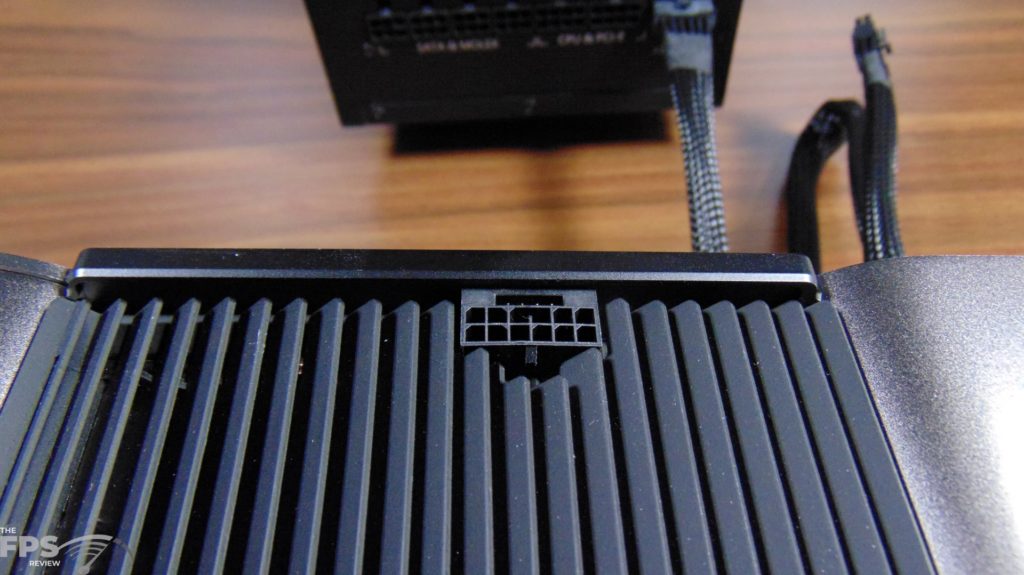
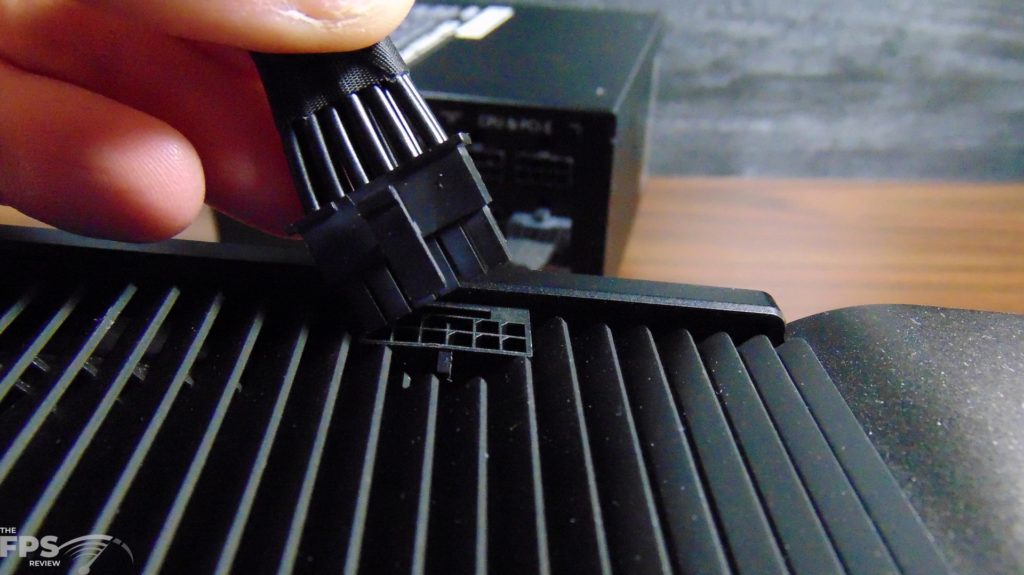
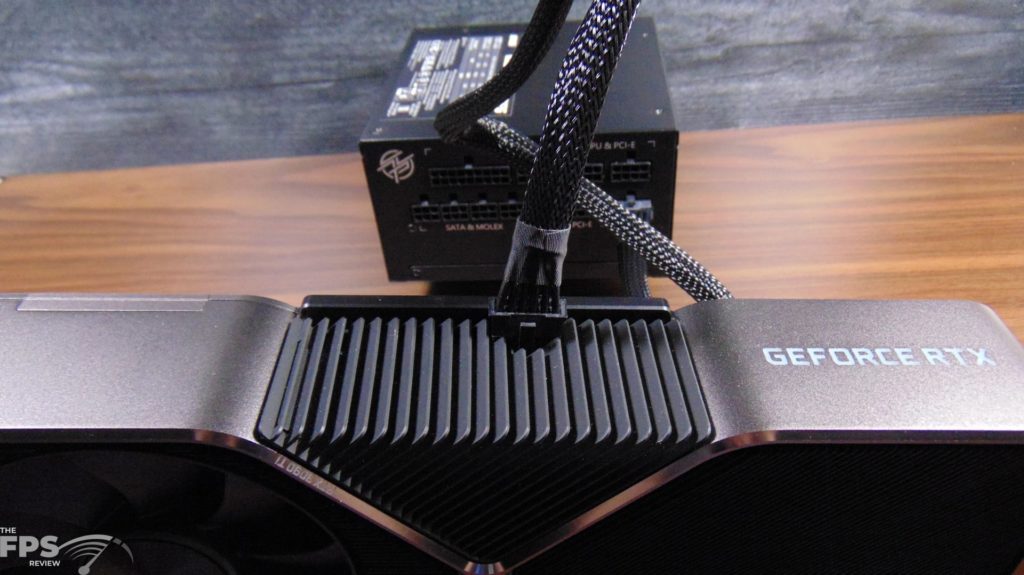
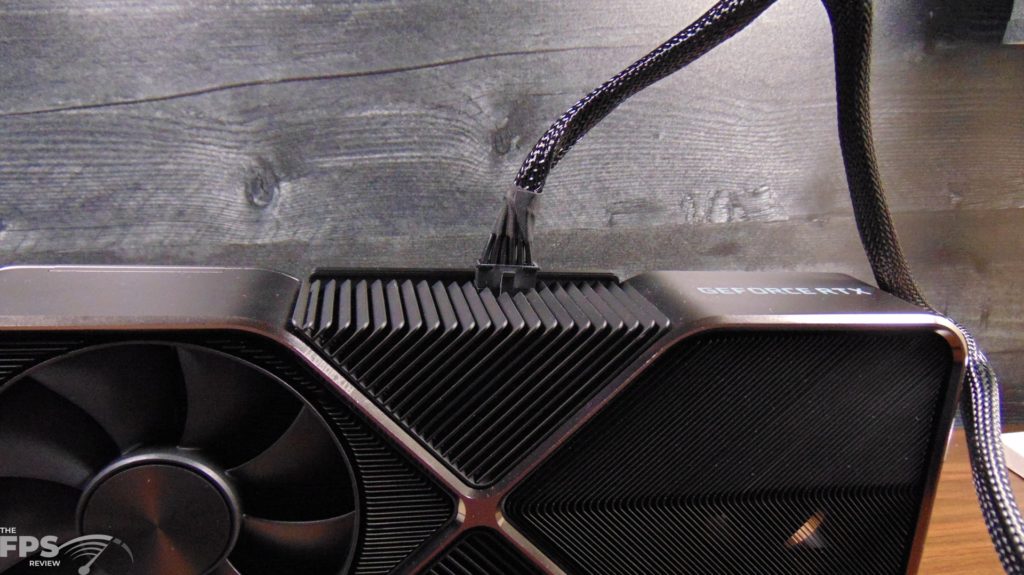

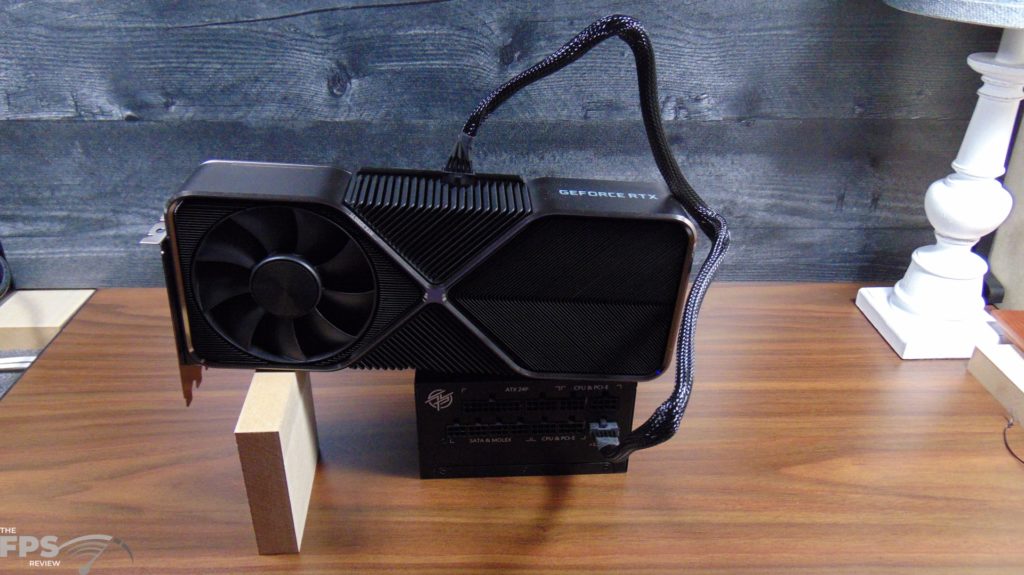
Above we have a GeForce RTX 3090 Ti to demonstrate the new 16-pin 12VHPWR cable being plugged into it. The GeForce RTX 30 Series does use the 16-pin connector, 12-pins for power, and 4-pins for data sense. The new 16-pin 12VHPWR PCIe 5.0 cable on this power supply easily plugs into the GeForce RTX 3090 Ti, and would fully power it since the TDP of the video card is 450W. The cable can support 600W to the GPU, so it is ready for next-gen parts. This one cable greatly reduces the 3x 8-pin PCIe dongle needed for the RTX 3090 and RTX 3090 Ti.
Conclusion
As we mentioned at the top of this page, we have not powered on the power supply as of yet. We must validate and test the power supply for our official review. Therefore we cannot verify the claims of the power supply currently, we cannot verify how good this power supply actually is and if it performs as advertised. Stay tuned for our full review.
In the meantime, we did take a look at the MSI MPG A1000G PCIE5 today with pictures and detailed specifications offered. It will have an MSRP of $199.99 and you can check out the MSI store page at that link. The new MPG line of PSUs, MPG A1000G PCIE5, MPG A850G PCIE5, and MPG A750G PCIE5 are being launched today from MSI and bring forth ATX 3.0 compatibility and PCIE5 full 16-pin 12VHPWR connector and power cable up to 600W. In addition, the power supply is quoted to handle power excursions exhibited by GPUs as per the ATX 3.0 and PCIE5 CEM spec.












Power excursions have been important in the past, and generally, the only way to combat it was by buying higher capacity PSUs that have a higher overall TDP, and therefore a greater tolerance when it spikes. This problem of power excursions will continue to be important as rumors of next-gen GPUs may consume much higher TDPs. With high TDPs come high excursions, remember, upwards of 3x the TDP for microseconds. It will be important for your power supply to be able to handle this, and not choke or explode when this happens. In addition, CPUs also have increasing power excursions, with Intel CPUs already eating over 240W+ package power, and Zen 4 also increasing its TDP on high-end parts. The need for a good quality power supply that can handle not only appropriate Wattage, but these excursions, will be very important.
Lastly, the fact of being able to reduce PCIe graphics cables is a huge bonus, we were simply being overrun with 8-pin power cables previously. A new cable, a new standard, and more power delivery with fewer cables were most certainly needed. MSI will also not be the only manufacturer with ATX 3.0 and PCIE5 PSUs, expect the flood of this new type of evolved PSU to start, this is the season for these new power supplies.
